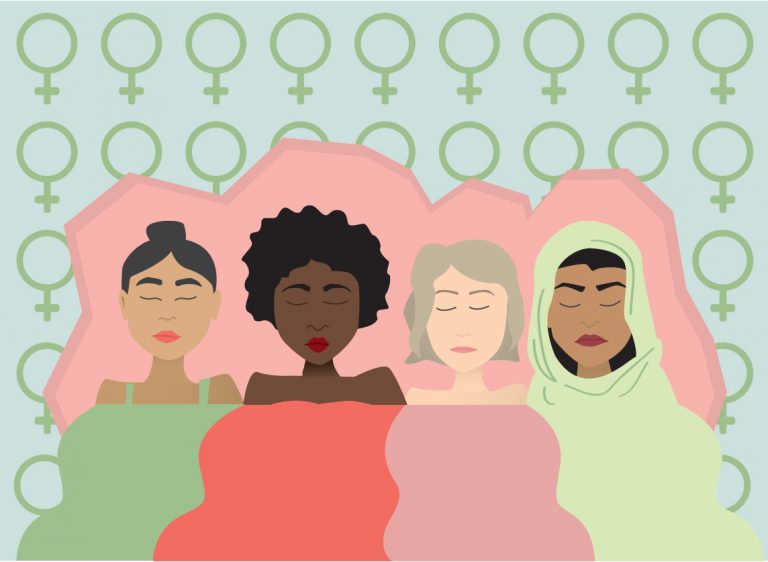I stand on the shoulders of the women who came before me. The women who fought for me to find my voice, to get an education, to have rights. And they fought hard. Yet I am still a woman. A woman in a society where I only see myself in 11% of congress (a record we broke last year) and only 3% of creative directors.
My favorite copy professor Arlene Distel gave a presentation at Ad club this week about her experience at the 3% Conference, a people empowering seminar challenging the advertising world to create better ideas with more diversity by including people who are women, people of color, LGBTQ+, all religions, foreign national, possessing a physical or mental disability and any or all of the above. This is called intersectionality. Diversity is the moment we work with all human truths.
She talked a lot about what these truths mean and look like. The advertising agency is at a huge crossroads where more and more often target audiences are part of different minority groups. It would seem obvious that catoring more towards these groups would be a given. But somehow white men of a specific age are trying to tell these stories (or maybe they still aren’t trying).
Authenticity is an important side of diverse advertising. Distel sincerely believes in the power of telling human stories, not their stereotypes. A phrase she often shares in class. In her presentation, she mentioned Sterling K. Brown and his speech after his award-winning performance in “This is Us.” For him, the beauty of diversity and authenticity comes down to feeling seen, feeling appreciated and, most importantly, feeling he is more difficult to dismiss when his story is shared.
On the other hand, there are two sad truths about female representation. One is that even though I am standing on thousands of strong, powerful women who did their part long before me, I will never be as tall as my male counterpart. And secondly, the harder of truths for me to accept, is that no matter how frustrated and small I sometimes feel. I am white, and therefore already stand taller than the women of color by my side.
In these changing times, it’s important to recognize successful moments and challenge why it took them so long. Find that little spark and ignite the fire. Despite the fact that women have made up 55% of viewership in the Super Bowl for years, 2019 is the first year that an advertisement will specifically target them.
Olay, a company parented by Procter and Gamble (which has had many spots), is doing an entire ad targeted toward their female clientele. As excited as I am, I am scared to rave about this as progress. What if it’s the first female targeted commercial of the Super Bowl and it’s cliché and girly and doesn’t do women justice. But if it does backfire, Bumble also has a spot created by a primarily female team. Even if it isn’t directly targeting women as the sole audience, female voices are still being heard.
So, from me to you, if you have a voice not traditionally seen in media, it’s time to find the platform to speak your truth. And even if your truth has been heard before, or maybe you are a white male trying to get into advertising, you can extend your hand to the people around you who truly deserve their spot in the world. According to Distel, bringing people up with you is as important as finding your own success.
Written by Kylie Ruffino

